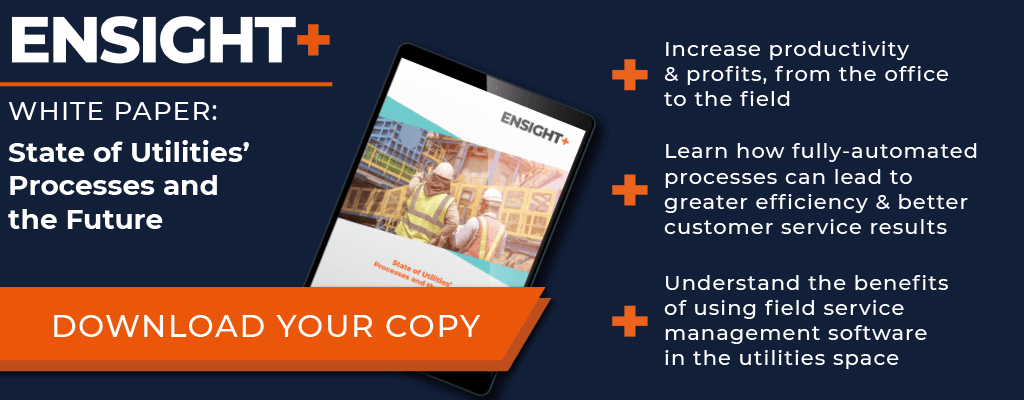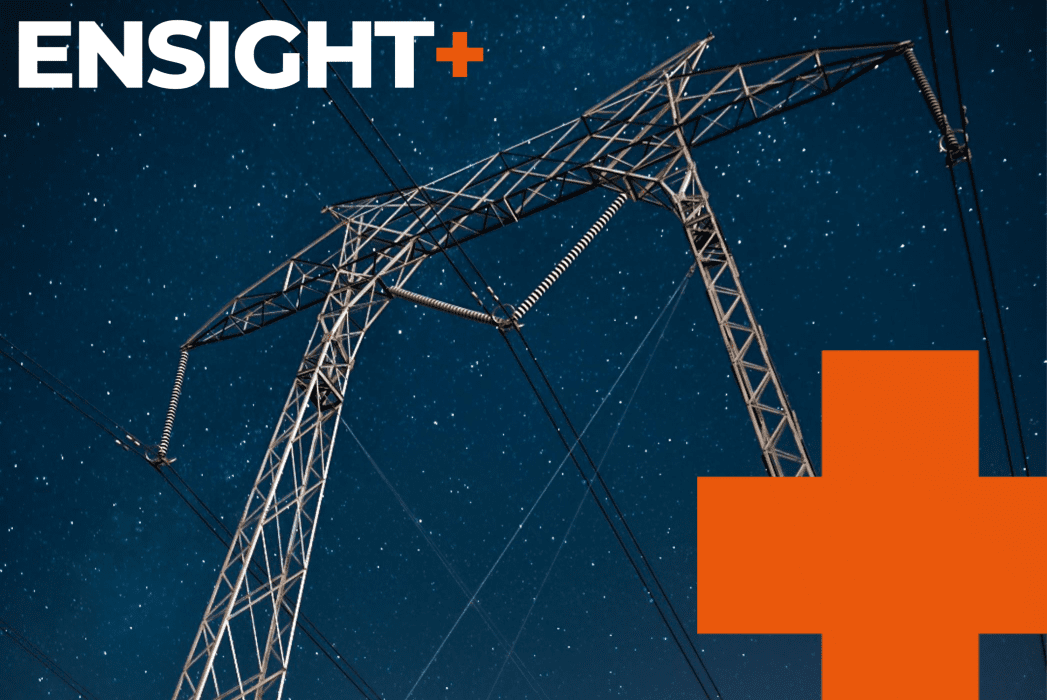Renewable energy solutions, customer service platforms, and behavioral monitoring programs used to visualize energy usage. Utility companies around the country are investing heavily in new technology. Perhaps the most significant investment is coming in the form of smart grids. U.S. utilities are poised to invest a staggering $110 billion in smart grid infrastructure over the next decade, according to a recent study by Northeast Group, LLC. The figure is so large as to seem improbable. But add up the costs of advanced metering infrastructure, energy management, distribution automation, and equipment manufacturing. Suddenly, the number feels more grounded in reality.
One of the biggest challenges for utilities during this transition period is navigating third-party technologies. Utilities must be diligent and agile when relying on other companies’ software. They must make savvy up-front decisions and be prepared to move on to other vendors if needed. Organizations need to be prepared to respond to changes in how the industry evolves the smart grid. Even companies that feel like they’ve already gotten ahead of the technology are not immune to pressures from new innovations.
The most significant investment is coming in the form of smart grids. U.S. utilities are poised to invest a staggering $110 billion in smart grid infrastructure over the next decade.
What follows are a few suggestions for how best to prepare for third-party tech adoption. When utility companies are pumping this much money into technology, they want to make sure those investments don’t backfire. The next decade in utilities will be defined by constant developments. Companies need the dexterity to match that volatile environment.
Consider Cloud-Based Field Service Software Instead of On-Premise
One of the more intriguing developments in the smart grid world is software that utilities can use on existing infrastructure. These programs are essentially able to turn entire distribution networks into interconnected smart objects. The advantage of this type of software is twofold. One, personnel no longer have to be in specific locations in the field to gather data, but instead can access it from anywhere. Two, utility companies don’t need to replace all their transformers, substations, meters, and utility poles to establish connectivity.
Software added to existing infrastructure to create smart devices and equipment is possibly the shortest path to a smart grid. It’s also still developing. There’s little question that it will be in a dramatically different place in just a few years. Because of this, some platforms and operating systems will rapidly advance while others will stagnate or even become obsolete entirely. To lower their risk profiles, utility companies should consider investing in cloud-based software for their smart grid solutions. Cloud-based systems have far less upfront capital expenditures than on-premise alternatives. Vendors also typically provide ironclad data security to their clients and are continuously updating their software. Most importantly, their software-as-a-service (SaaS) model means that utility companies can cancel their subscriptions without eating major costs.
Adapt and Respond to CapEx and OpEx Changes on Horizon
Utility companies are generally rewarded for making capital expenditures (CapEx) and less incentivized to increase operating expenses (OpEx). This is because capital expenditures can be fed into a company’s rate base—the value of their assets. That rate base, in turn, dictates the rate of return the utility firm can charge for its services. In other words, capital expenditures are effectively “passed through” to the consumers. This is a regulatory model that encourages investment in plants, hardware, and infrastructure. Major investments are guaranteed to reap profits due to the industry’s rate base model.
Operating expenses do not come with the same guarantees. Recently, utilities have invested less in cloud computing and outsourced software solutions than they probably should be. But the rules that govern the rate base and what costs can be automatically turned into profits are gradually changing. In 2018, the Illinois Commerce Commission voted to undertake a rule change that would enable utility companies to earn a return on their investments in cloud computing systems.

This may just represent the tip of the iceberg, too. As more and more regional regulatory agencies start to see the value of software systems and IT solutions—to both corporations and consumers—they may become profitable in a way they’ve never been before. It’s a slow-moving but potentially momentous change in the way smart grid technology relates to utility rate base. Understanding how it could affect your business in the years to come will put you in an advantageous position to capitalize on the shifting ways industry regulators are interpreting smart grid innovations.
Stay Ahead with the Right FSM Software
With their knowledgeable personnel and proactive customer support teams, the best field service management software helps utility companies stay better prepared for all the ongoing changes in power grid technology. Further, their analytics reporting and data visualizations will help you utilize the reams of new data your smart grid is processing.



